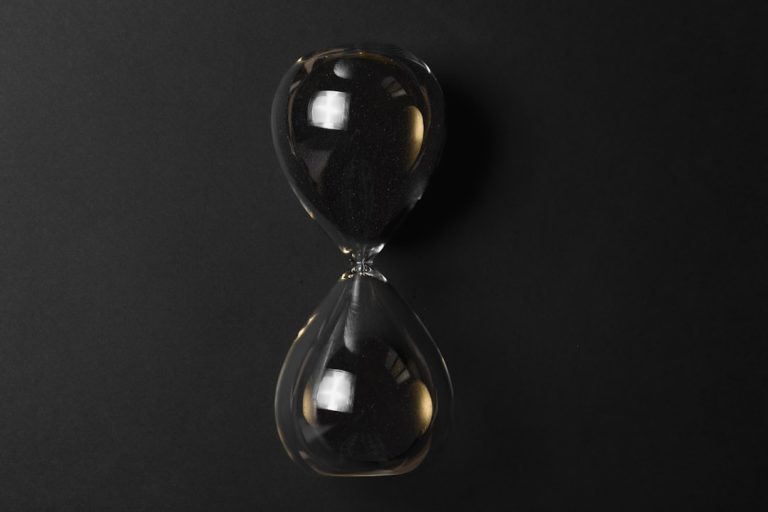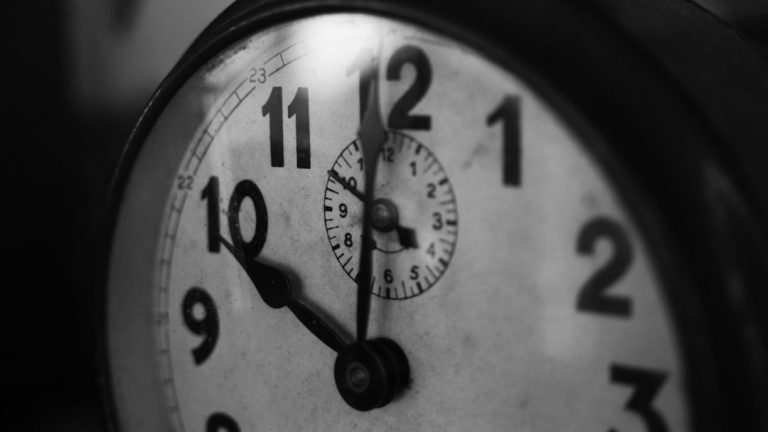
The phrase “waiting for the other shoe to drop” originates from the early 20th century, particularly in urban settings where apartment living was common. The imagery conjured by this expression is that of a tenant in an apartment building who hears a neighbor above them drop one shoe, and then waits in anxious anticipation for the second shoe to follow. This metaphor encapsulates a universal human experience: the feeling of impending doom or the expectation that something negative is about to occur.
It reflects a state of heightened anxiety where one is perpetually on edge, anticipating the worst possible outcome. In contemporary usage, this phrase has transcended its literal meaning to describe a psychological state characterized by dread and apprehension. It is often employed in contexts where individuals feel that a precarious situation is about to worsen.
For instance, someone who has recently received troubling news may find themselves in a state of anxiety, convinced that further bad news is imminent. This phenomenon is not limited to personal experiences; it can also manifest in broader societal contexts, such as economic downturns or political instability, where individuals collectively brace themselves for adverse developments.
Key Takeaways
- “Waiting for the Other Shoe to Drop” refers to the feeling of anticipating something bad to happen after a previous negative event.
- The psychology behind this feeling is rooted in the brain’s natural tendency to focus on potential threats and negative outcomes as a survival mechanism.
- Breaking the cycle of negative anticipation involves challenging irrational thoughts, practicing mindfulness, and seeking support from others.
- Coping strategies for dealing with uncertainty and fear include focusing on what is within your control, engaging in self-care activities, and seeking professional help if needed.
- “Waiting for the Other Shoe to Drop” can have a significant impact on mental health, leading to anxiety, depression, and a decreased quality of life.
The psychology behind the feeling of waiting for something bad to happen
The psychological underpinnings of waiting for the other shoe to drop are deeply rooted in human cognition and emotional response. Cognitive theories suggest that individuals have a tendency to focus on negative outcomes, a phenomenon known as “negativity bias.” This bias leads people to give more weight to negative experiences than positive ones, which can create a cycle of fear and anxiety. When faced with uncertainty, the mind often gravitates toward worst-case scenarios, amplifying feelings of dread and anticipation.
Moreover, this state of mind can be exacerbated by past experiences. Individuals who have faced trauma or significant loss may develop a heightened sensitivity to potential threats. For them, the anticipation of something bad happening becomes a protective mechanism, albeit an unhealthy one.
They may believe that by preparing for the worst, they can somehow mitigate the impact of future negative events. This psychological defense mechanism, while seemingly rational, often leads to increased anxiety and a diminished quality of life.
Breaking the cycle of negative anticipation

Breaking free from the cycle of negative anticipation requires conscious effort and self-awareness. One effective approach is cognitive restructuring, a technique rooted in cognitive-behavioral therapy (CBT). This method involves identifying and challenging irrational thoughts that contribute to feelings of dread.
For instance, if an individual finds themselves thinking, “Something bad is going to happen,” they can counter this thought by examining evidence that contradicts it. By reframing their perspective, they can begin to diminish the power of these negative anticipations. Another strategy involves mindfulness practices that encourage individuals to stay grounded in the present moment.
Mindfulness meditation, for example, teaches individuals to observe their thoughts without judgment and to recognize when they are slipping into patterns of negative thinking. By cultivating an awareness of their mental processes, individuals can learn to detach from the anticipation of future misfortunes and instead focus on what is happening right now. This shift in focus can significantly reduce anxiety and foster a sense of calm.
Coping strategies for dealing with uncertainty and fear
| Strategy | Description |
|---|---|
| Deep breathing | Taking slow, deep breaths to calm the nervous system |
| Positive self-talk | Using affirmations and positive statements to counter negative thoughts |
| Seeking support | Reaching out to friends, family, or professionals for help and reassurance |
| Engaging in hobbies | Focusing on enjoyable activities to distract from fear and uncertainty |
| Practicing mindfulness | Using meditation and mindfulness techniques to stay present and reduce anxiety |
Coping with uncertainty and fear requires a multifaceted approach that encompasses both mental and emotional strategies. One effective method is to establish a routine that provides structure and predictability in daily life. Routines can create a sense of normalcy and control, which can be particularly comforting during times of uncertainty.
Additionally, fostering social connections can serve as a vital buffer against feelings of fear and uncertainty. Sharing concerns with trusted friends or family members can provide emotional support and perspective.
Engaging in open conversations about fears can help normalize these feelings and reduce their intensity. Furthermore, seeking professional help through therapy or counseling can offer individuals tools and techniques tailored to their specific needs, enabling them to navigate their anxieties more effectively.
The impact of “waiting for the other shoe to drop” on mental health
The mental health implications of constantly waiting for the other shoe to drop can be profound and far-reaching. Chronic anxiety stemming from this mindset can lead to various psychological disorders, including generalized anxiety disorder (GAD) and depression. Individuals may find themselves trapped in a cycle where their fear of future events prevents them from fully engaging in life, leading to missed opportunities and strained relationships.
Moreover, this state of perpetual anticipation can manifest physically as well. The body’s stress response may become activated frequently, resulting in symptoms such as headaches, gastrointestinal issues, or sleep disturbances. Over time, these physical manifestations can contribute to a decline in overall health and well-being.
Recognizing the detrimental effects of this mindset is crucial for individuals seeking to reclaim their mental health and live more fulfilling lives.
Finding peace in the present moment

Finding peace in the present moment is essential for breaking free from the cycle of negative anticipation. Mindfulness practices play a pivotal role in this process by encouraging individuals to immerse themselves in their current experiences rather than fixating on potential future calamities. Techniques such as deep breathing exercises or guided meditations can help ground individuals in the here and now, allowing them to appreciate life as it unfolds.
Engaging with nature can also foster a sense of presence and tranquility. Spending time outdoors—whether through hiking, gardening, or simply sitting in a park—can provide a refreshing perspective and remind individuals of the beauty surrounding them. Nature has a unique ability to soothe anxious minds and promote feelings of connectedness and peace.
By cultivating an appreciation for the present moment, individuals can gradually diminish their preoccupation with what might go wrong.
Letting go of the need for control and certainty
Letting go of the need for control and certainty is a significant step toward alleviating anxiety associated with waiting for the other shoe to drop. Many individuals struggle with the desire to predict and control outcomes as a means of safeguarding themselves against potential pain or disappointment. However, this need for control often leads to increased stress and frustration when faced with life’s inherent unpredictability.
Embracing uncertainty involves recognizing that not all aspects of life can be controlled or predicted. This acceptance can be liberating; it allows individuals to release their grip on outcomes and instead focus on how they respond to situations as they arise. Practicing acceptance does not mean resigning oneself to passivity; rather, it involves acknowledging that while one cannot control every circumstance, they can control their reactions and choices within those circumstances.
Embracing the unknown and finding hope for the future
Embracing the unknown is an essential aspect of personal growth and resilience. While it may seem daunting at first, viewing uncertainty as an opportunity rather than a threat can transform one’s outlook on life. The unknown often holds potential for new experiences, learning opportunities, and unexpected joys that would not be possible if one remained confined within rigid expectations.
Finding hope for the future amidst uncertainty requires cultivating a mindset that values adaptability and resilience. Setting small, achievable goals can help individuals focus on progress rather than perfection. Celebrating even minor accomplishments fosters a sense of agency and optimism about what lies ahead.
Additionally, surrounding oneself with positive influences—whether through supportive relationships or inspirational literature—can reinforce a hopeful perspective. In conclusion, while waiting for the other shoe to drop is a common human experience rooted in psychological mechanisms, it is possible to break free from its grip through conscious effort and self-awareness. By employing coping strategies that promote mindfulness, acceptance, and resilience, individuals can navigate uncertainty with greater ease and find peace in the present moment.
Embracing the unknown opens doors to new possibilities and fosters hope for a brighter future.
If you’re interested in learning more about American English idioms, you may want to check out the article on “How to Learn American English Idioms” on American English Idioms website. This article provides valuable tips and strategies for mastering idiomatic expressions in English. It can be a helpful resource for anyone looking to improve their language skills and better understand the nuances of American English. Check it out here!
FAQs
What does the American English idiom “hold (one’s) breath” mean?
The idiom “hold (one’s) breath” means to wait anxiously or in anticipation for something to happen, often with a sense of suspense or uncertainty.
Can you provide an example of how to use the idiom “hold (one’s) breath” in a sentence?
Sure! An example of using this idiom in a sentence would be: “I’m holding my breath waiting to hear back about the job interview.”
What is the opposite of the idiom “hold (one’s) breath” in American English?
The opposite of the idiom “hold (one’s) breath” is “not hold (one’s) breath,” which means to not wait anxiously or in anticipation for something to happen.



